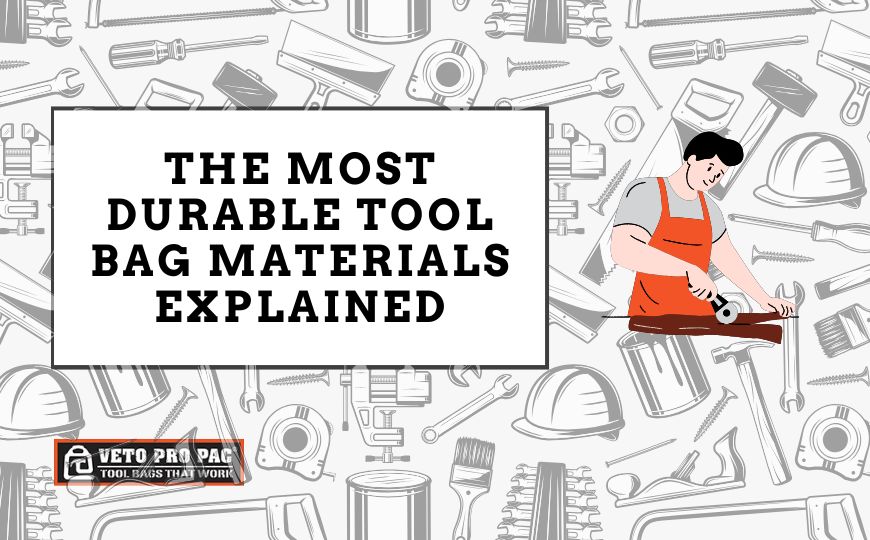The Most Durable Tool Bag Materials Explained: A Comprehensive Guide
Selecting the right tool bag is a critical decision for professionals and DIY enthusiasts alike. Durability, weight, and adaptability to environmental conditions are key factors that determine a tool bag’s longevity and usability. While aesthetics and cost play a role, the material composition of the bag often dictates its performance over time. This article examines three commonly used materials—leather, nylon, and polyester—alongside their respective advantages and limitations. Additionally, we explore the engineering behind Veto Pro Pac tool bags, a brand synonymous with industrial-grade reliability, and conclude with answers to frequently asked questions about tool bag materials.
Leather: The Time-Tested Workhorse
Leather has been a staple material for tool storage for centuries, prized for its ruggedness and classic appearance. Historically used by blacksmiths, carpenters, and tradespeople, leather tool bags are often associated with craftsmanship and durability.
Pros of Leather
- Exceptional Durability: Full-grain leather, in particular, resists abrasions, punctures, and tears. When properly maintained, a leather tool bag can last decades, developing a patina that reflects its history of use.
- Natural Water Resistance: Leather’s dense fibers repel light moisture, making it suitable for outdoor work in mild conditions.
- Aesthetic Appeal: Leather ages gracefully, offering a professional, timeless look that synthetic materials struggle to replicate.
Cons of Leather
- Weight: Leather is significantly heavier than nylon or polyester, which can be a drawback for mobile technicians or those carrying tools over long distances.
- Maintenance Requirements: Leather requires regular conditioning to prevent drying, cracking, or mold growth. Neglect can lead to irreversible damage.
- Cost: High-quality leather tool bags are expensive, often costing two to three times more than synthetic alternatives.
Nylon: The Lightweight Contender
Nylon emerged in the mid-20th century as a synthetic alternative to natural fibers, revolutionizing industries from fashion to military gear. In tool bag design, nylon balances durability with practicality.
Pros of Nylon
- Strength-to-Weight Ratio: Nylon is inherently lightweight yet strong, capable of supporting heavy loads without adding bulk. Many nylon bags incorporate reinforced stitching or ballistic nylon (a densely woven variant) for enhanced tear resistance.
- Water Resistance: Most nylon tool bags include waterproof coatings or laminated linings, making them ideal for wet environments.
- Low Maintenance: Unlike leather, nylon requires minimal upkeep. Stains can be wiped away, and the material dries quickly if exposed to moisture.
Cons of Nylon
- UV Sensitivity: Prolonged sun exposure weakens nylon fibers, leading to fading and eventual brittleness.
- Limited Aesthetic Customization: While available in multiple colors, nylon lacks the tactile richness of leather.
- Environmental Impact: Nylon production relies on petroleum-based processes, raising concerns about sustainability.
Polyester: The Affordable All-Rounder
Polyester, another synthetic material, is widely used in budget-friendly tool bags. Though less robust than nylon or leather, modern manufacturing techniques have improved its durability and versatility.
Pros of Polyester
- Cost-Effectiveness: Polyester tool bags are generally the most affordable option, appealing to casual users or those on a budget.
- Colorfastness: Polyester retains its color better than nylon when exposed to sunlight, reducing the risk of fading.
- Flexibility: The material is highly adaptable, often blended with other fabrics (e.g., PVC coatings) to improve water resistance or abrasion tolerance.
Cons of Polyester
- Lower Tensile Strength: Polyester is more prone to stretching and abrasion over time, especially when carrying sharp or heavy tools.
- Heat Sensitivity: High temperatures can warp or melt polyester fibers, limiting its use in certain industrial settings.
- Perceived Quality: Polyester bags are often viewed as less professional compared to leather or high-end nylon alternatives.
Veto Pro Pac: Engineering Excellence in Tool Storage
Among tool bag manufacturers, Veto Pro Pac tool bags stand out for their patented center panel-hinged ergonomic handle, vertically tiered pockets, heavy duty construction and stabilizing injection molded waterproof base that can withstand the harshest conditions. Founded by a tradesman for tradesmen, Veto Pro Pac tool bags combine maneuverability with durability and organization for an elevated tool bag experience
Material Innovations
- Marine-Grade Rivets and Snaps: Built to stand up to the rigors of professional use
- Rugged Construction: Industrial strength nylon stitching, PVC-impregnated 1200-1800 denier body fabric, and oversized zippers are used to stand up to all types of jobsite conditions.
- Durable Waterproof Base: 3mm thick polypropylene, stabilizing injection molded waterproof base keeps tools dry even in the nastiest conditions.
-
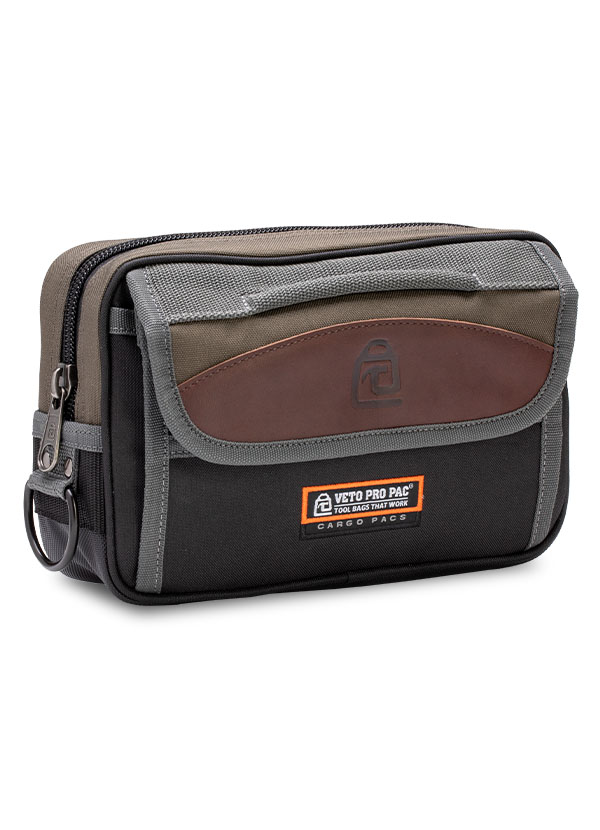
CP4 Horizontal Pouch
$59.99Add to cart -
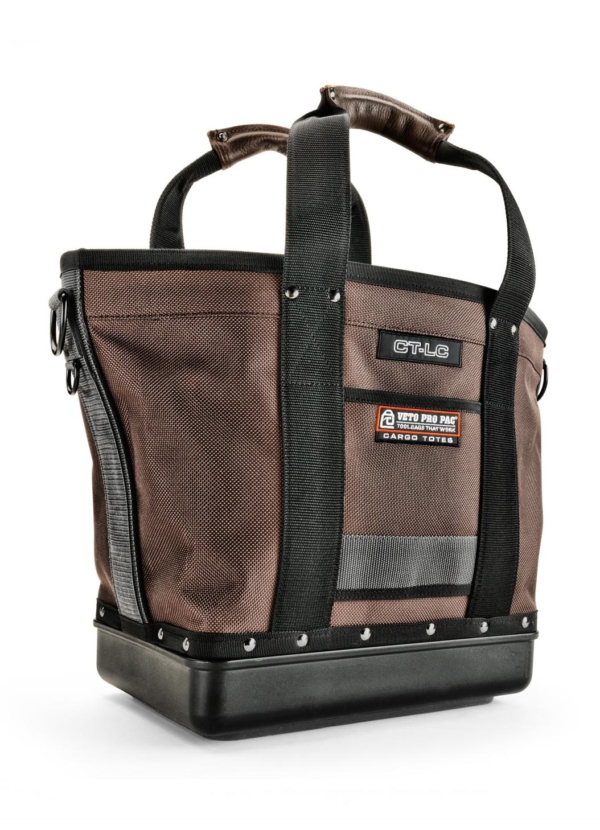
CT-LC Large Cargo Tote
$89.99Add to cart -
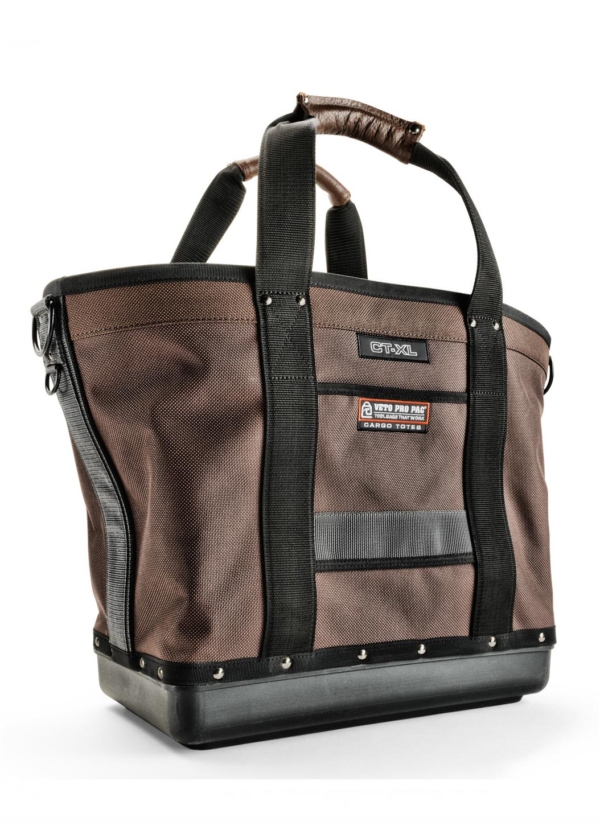
CT-XL Extra Large Cargo Tote
$99.99Add to cart -
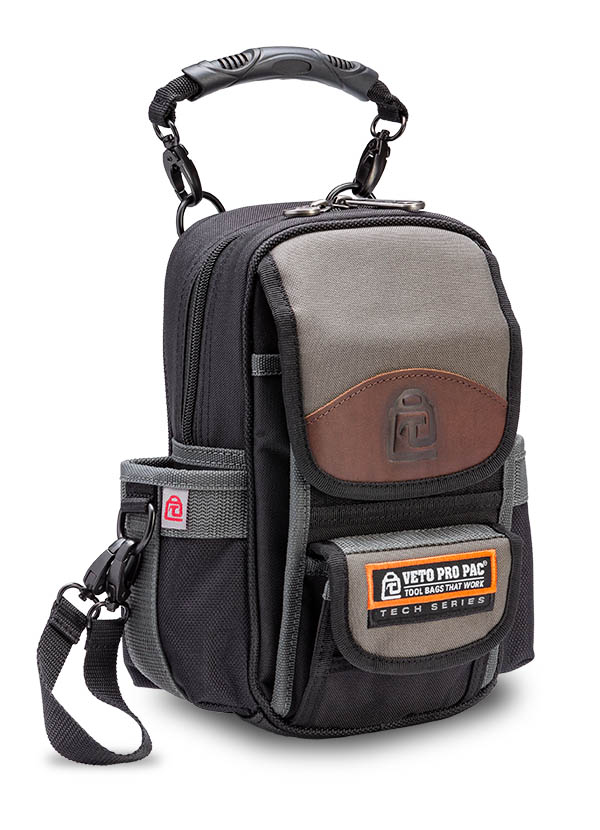
MB Small Meter Tool Pouch
$64.99Add to cart -
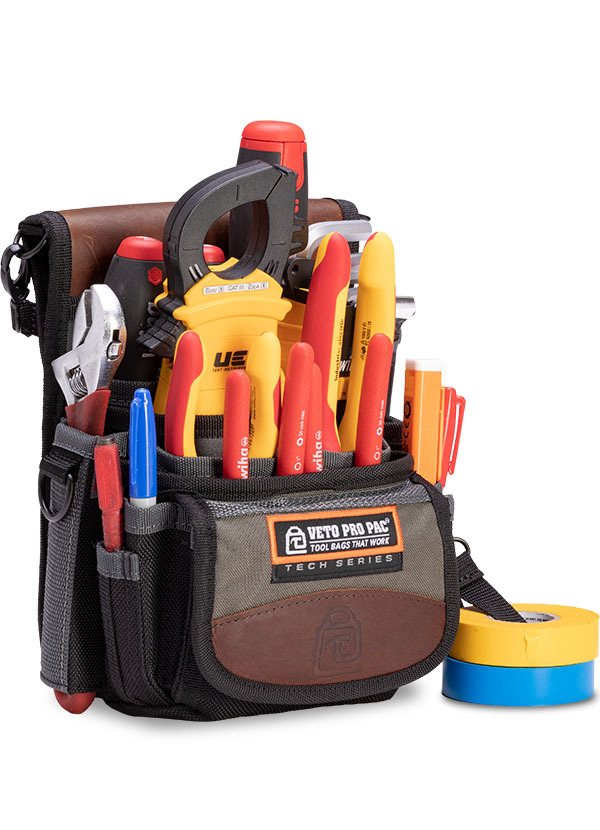
TP4 Tool Pouch
$74.99Add to cart -
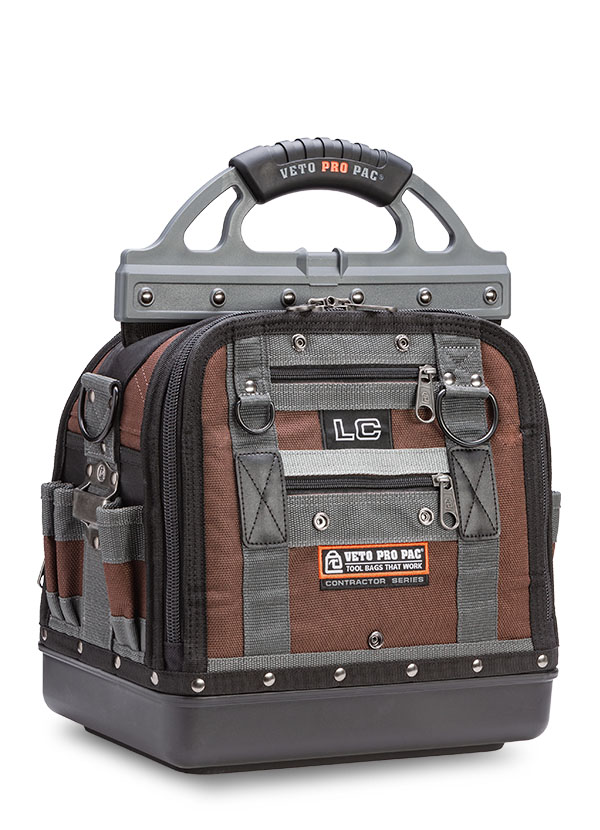
LC Large Compact Tool Bag
$214.99Add to cart
Frequently Asked Questions
1. What is the most durable tool bag material?
Leather and high-denier nylon (e.g., 1000D ballistic nylon) are the most durable options. Leather excels in abrasion resistance, while nylon offers a lighter-weight alternative with superior water resistance.
2. How do I clean a leather tool bag?
Use a damp cloth to remove surface dirt, then apply a leather conditioner to maintain suppleness. Avoid harsh chemicals or soaking the leather.
3. Are Veto Pro Pac bags worth the price?
For professionals relying on their tools daily, yes. The combination of premium materials, thoughtful design, and warranty support justifies the cost over the long term.
4. Can nylon tool bags withstand heavy tools?
Yes, provided they are constructed with high-denier nylon and reinforced stitching. Look for bags rated for 50+ pounds.
5. What’s the difference between nylon and polyester tool bags?
Nylon is stronger and more water-resistant but degrades faster under UV light. Polyester is cheaper and colorfast but less resistant to abrasion.
6. Do leather tool bags mold in humid climates?
They can, if not properly maintained. Store leather bags in a dry place and use silica gel packs to absorb excess moisture.
7. Are there eco-friendly tool bag materials?
Recycled nylon (e.g., ECONYL) and organic leather (vegetable-tanned) are emerging as sustainable alternatives, though availability is limited.
8. How do I repair a torn nylon tool bag?
Use a nylon repair patch or fabric glue for small tears. Larger damages may require professional sewing with heavy-duty thread.
Conclusion
The choice between leather, nylon, and polyester ultimately hinges on individual priorities: leather for unmatched durability and tradition, nylon for lightweight resilience, and polyester for budget-conscious versatility. Brands like Veto Pro Pac elevate these materials through intelligent design, proving that the right combination of fabric and engineering can transform a simple tool bag into a long-term professional asset. By understanding the strengths and limitations of each material, users can make informed decisions that align with their practical needs and environmental demands.

 Tool bags
Tool bags
 Tool Storage
Tool Storage
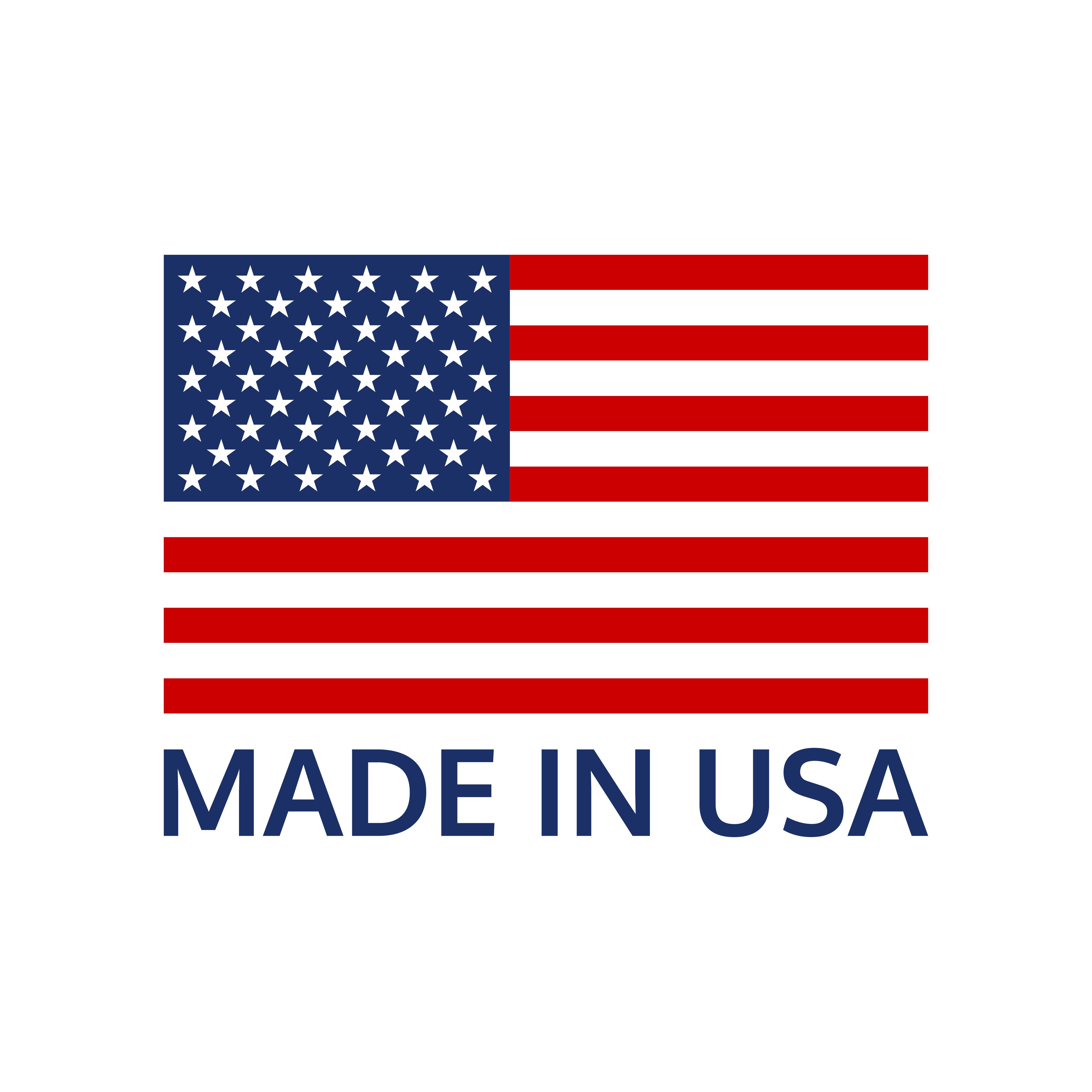 Made in USA
Made in USA Tool Bags By Trade
Tool Bags By Trade
